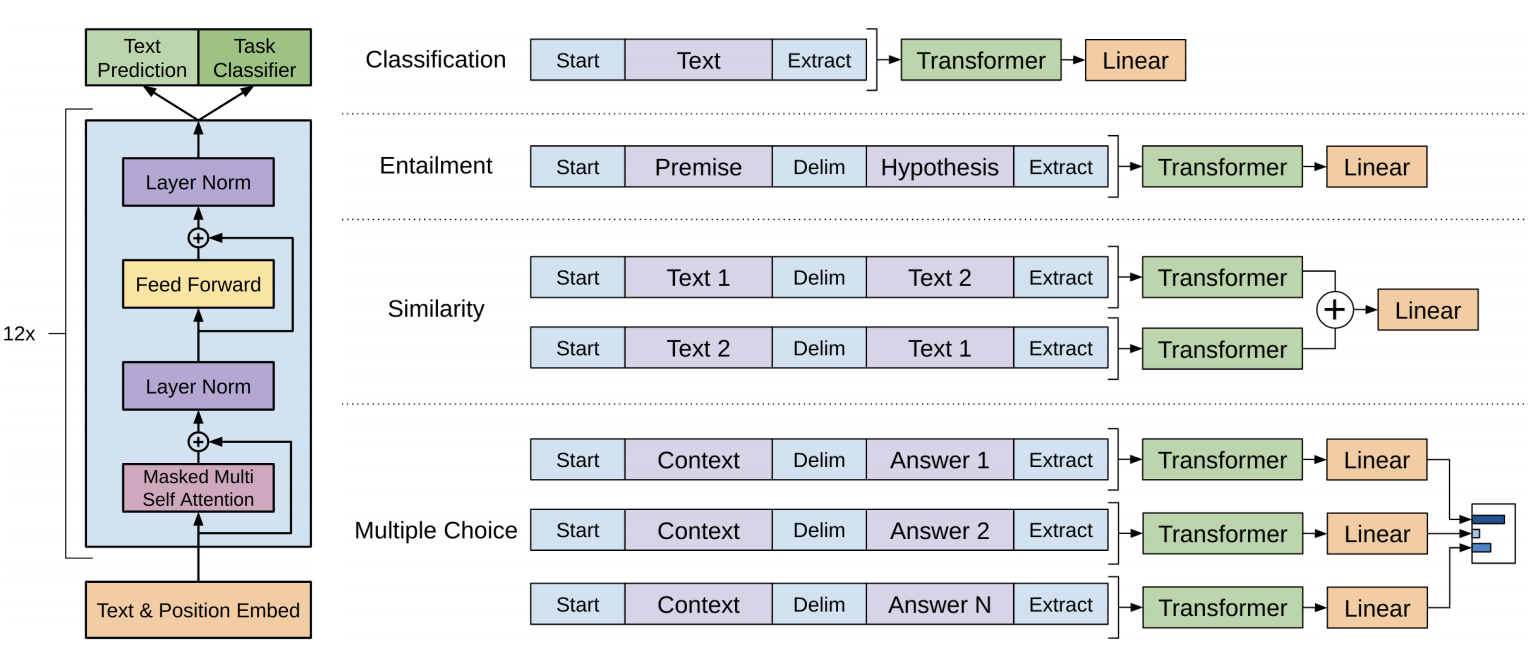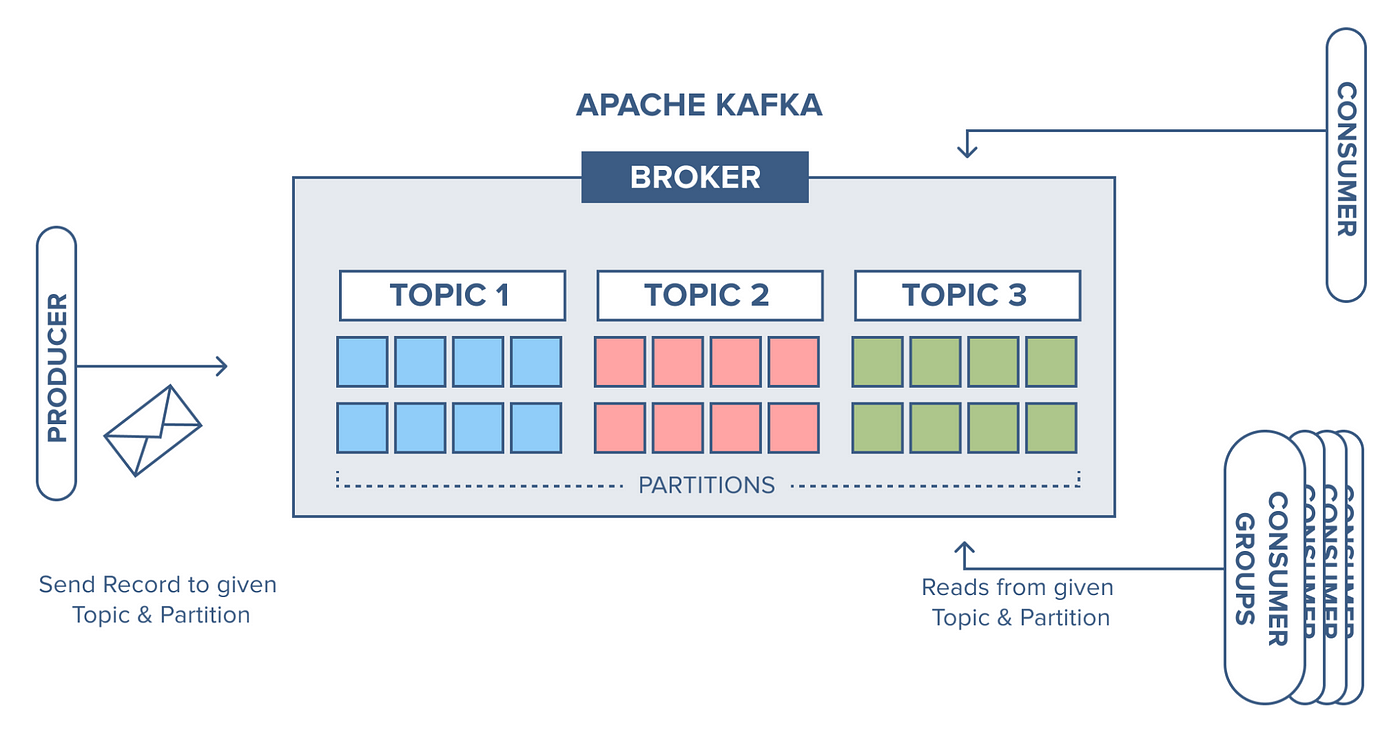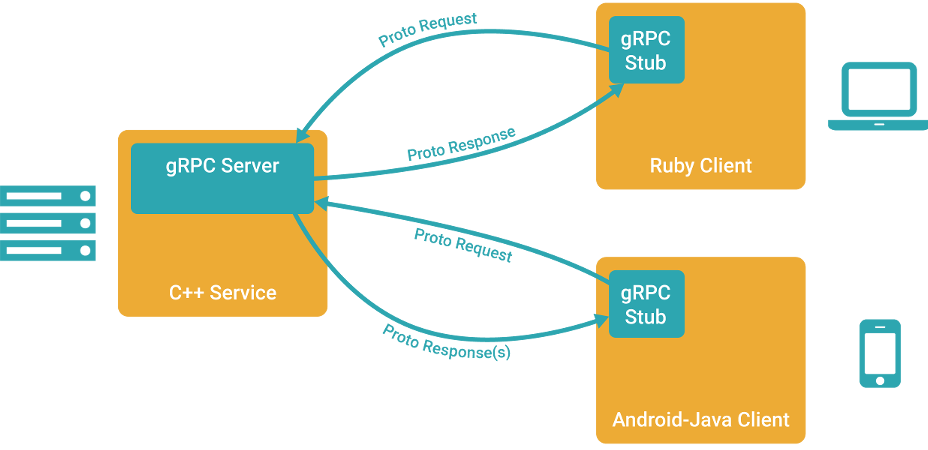Large Language Models (LLMs) like GPT-3, BERT, and T5 have revolutionized natural language processing (NLP). However, training and fine-tuning these models require substantial computational resources. Graphics Processing Units (GPUs) are critical in this context, providing the necessary power to handle the vast amounts of data and complex calculations involved. In this blog, we will explore why GPUs are essential for LLMs, the types of GPUs required, and the associated costs.
 Source: Internet
Source: Internet
Why GPUs are Essential for LLMs
- Parallel Processing
- GPUs excel at parallel processing, allowing them to handle multiple computations simultaneously. This capability is crucial for training LLMs, which involve large-scale matrix multiplications and operations on high-dimensional tensors.
- High Throughput
- GPUs offer high computational throughput, significantly speeding up the training process. This is vital for LLMs, which require processing vast datasets and performing numerous iterations to achieve optimal performance.
- Memory Bandwidth
- Training LLMs involves frequent data transfer between the processor and memory. GPUs provide high memory bandwidth, facilitating the rapid movement of large amounts of data, which is essential for efficient training.
- Optimized Libraries
- Many deep learning frameworks (e.g., TensorFlow, PyTorch) offer GPU-optimized libraries, enabling efficient implementation of complex neural network operations and reducing training time.
 Source: Internet
Source: Internet Source: Internet
Source: Internet Source: gRPC
Source: gRPC Source: Hazelcast
Source: Hazelcast